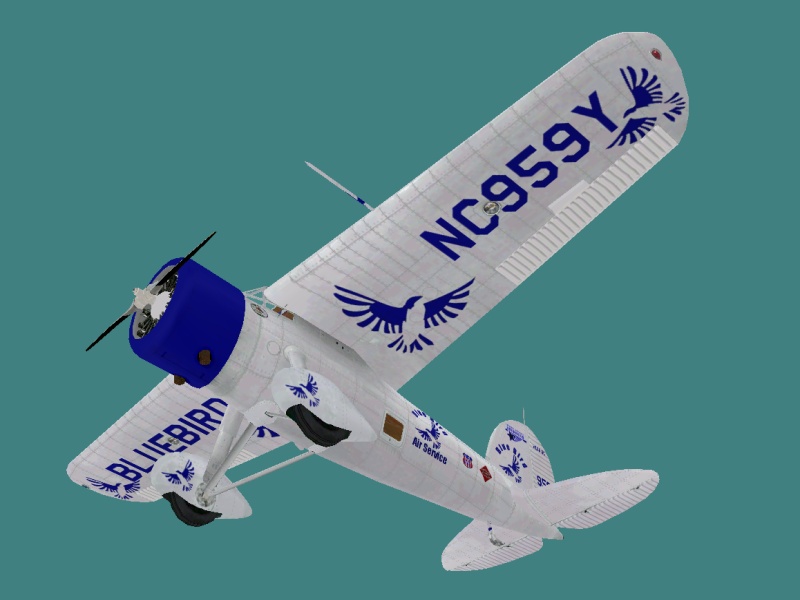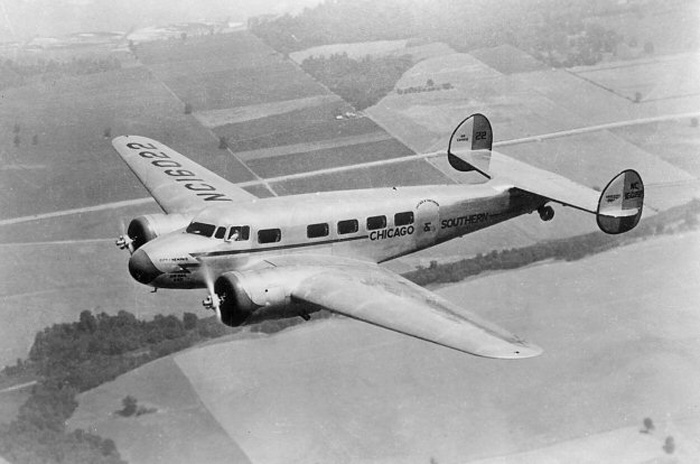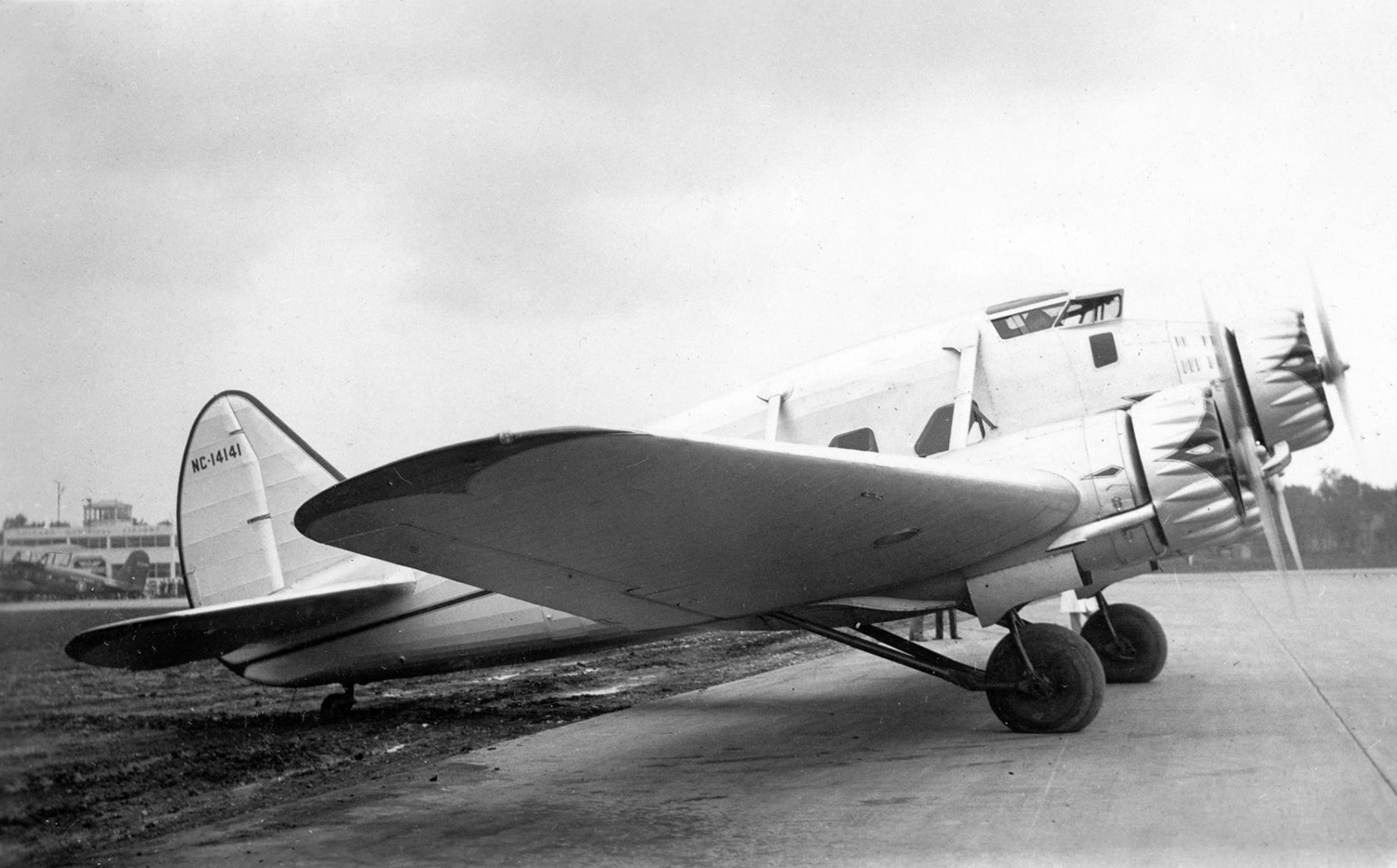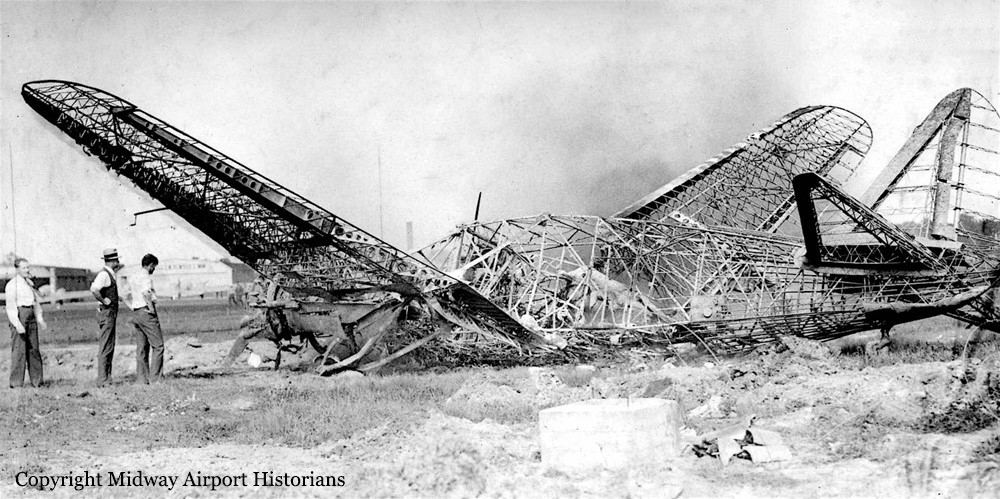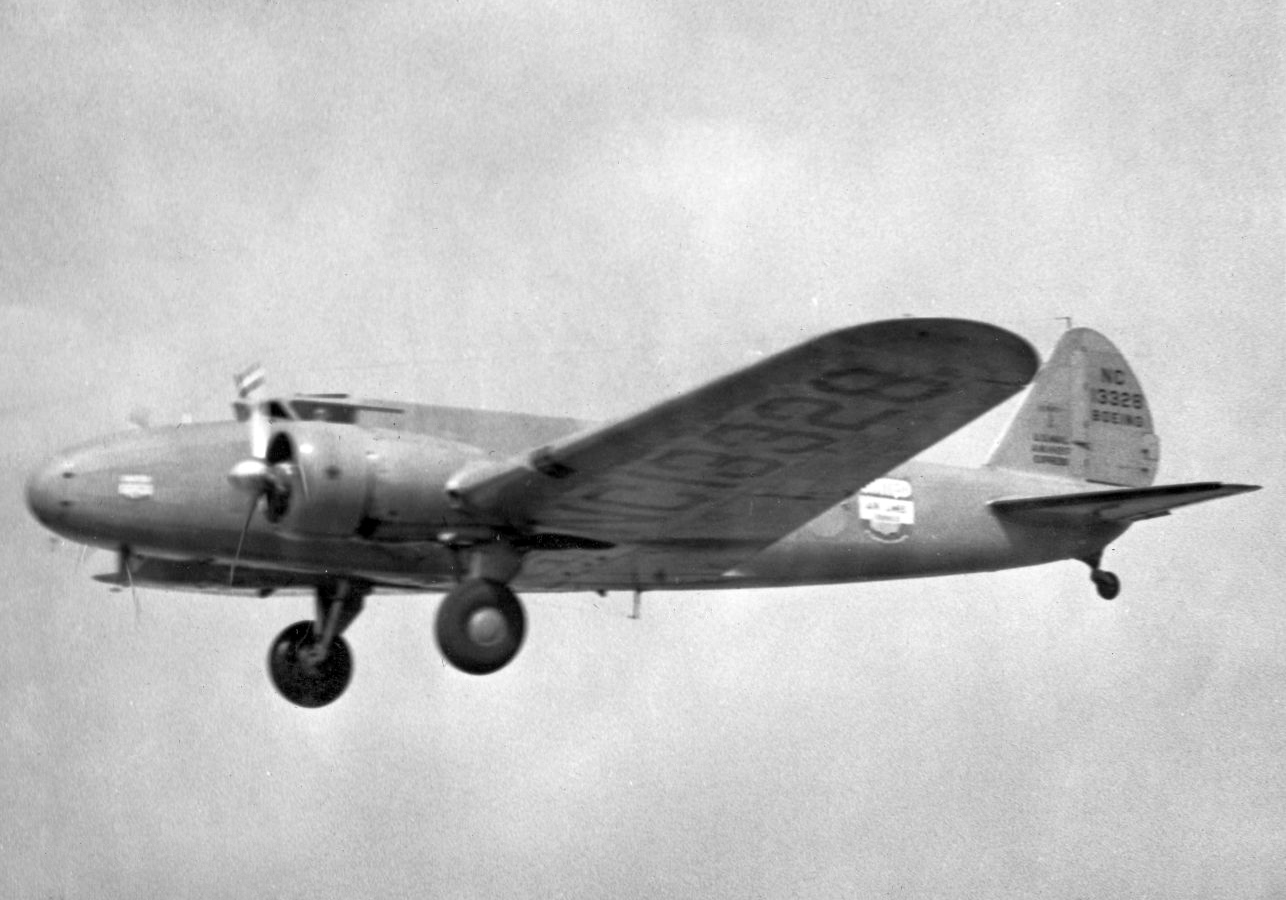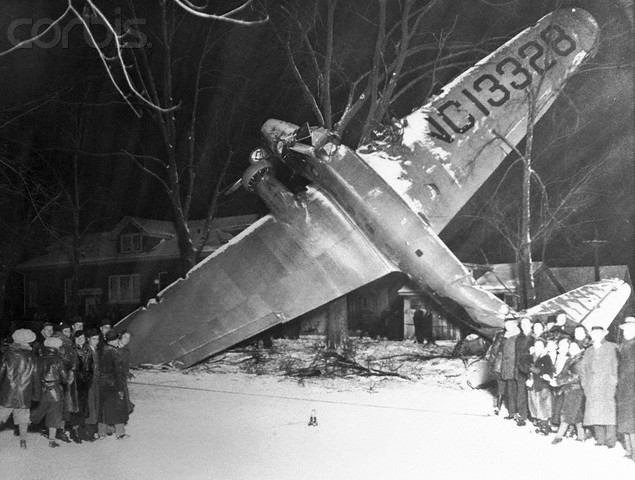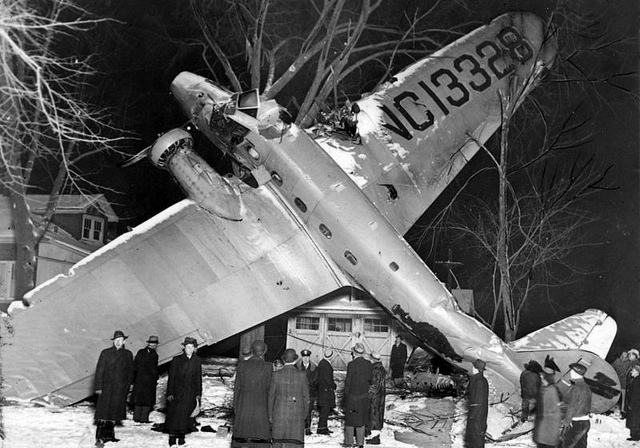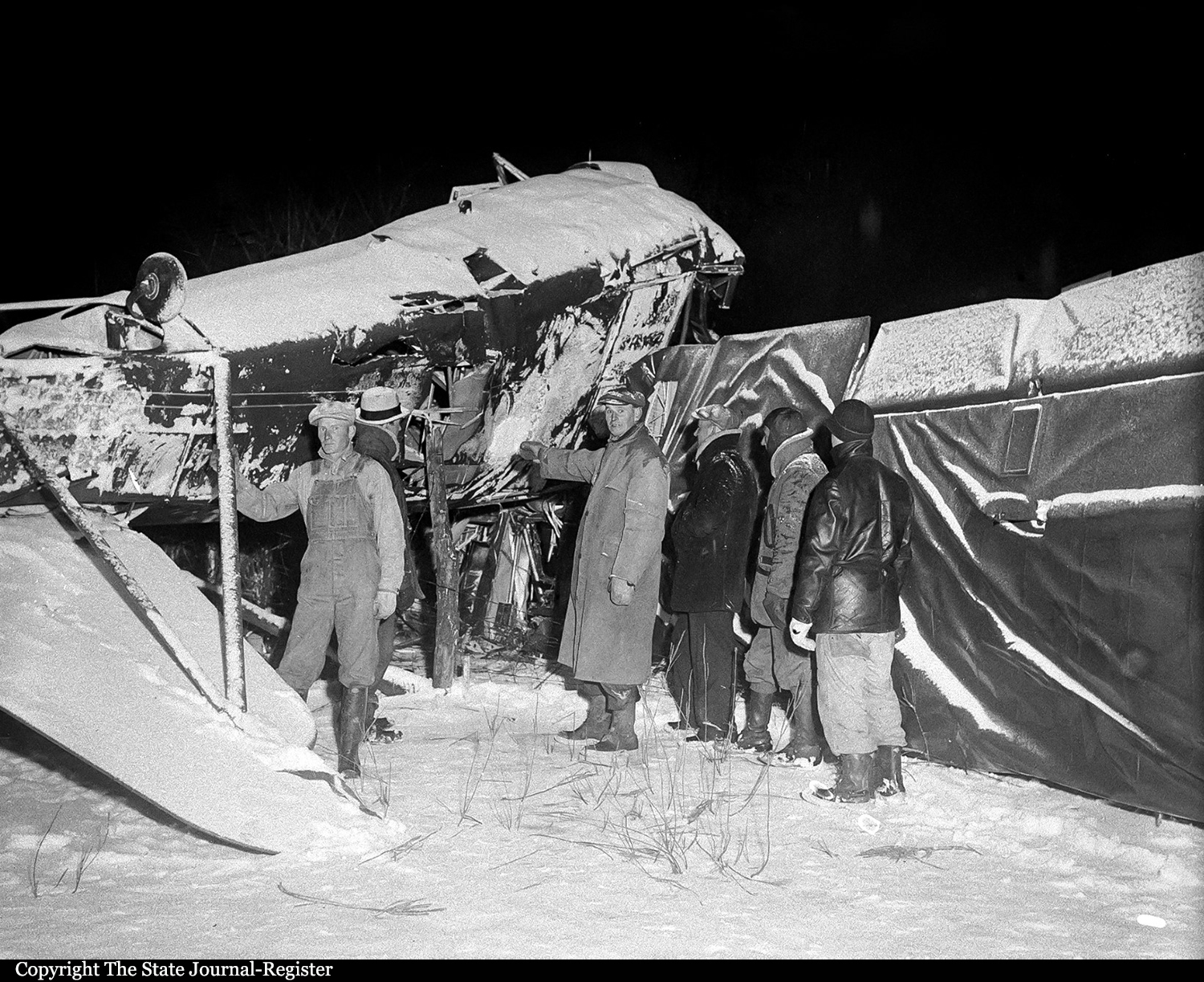Crash of a Lockheed 5B Vega in Chicago
Date & Time:
Jan 8, 1938
Registration:
XA-BHJ
MSN:
61
YOM:
1929
Crew on board:
0
Crew fatalities:
Pax on board:
0
Pax fatalities:
Other fatalities:
Total fatalities:
0
Circumstances:
Crashed in unknown circumstances. Crew fate unknown.

